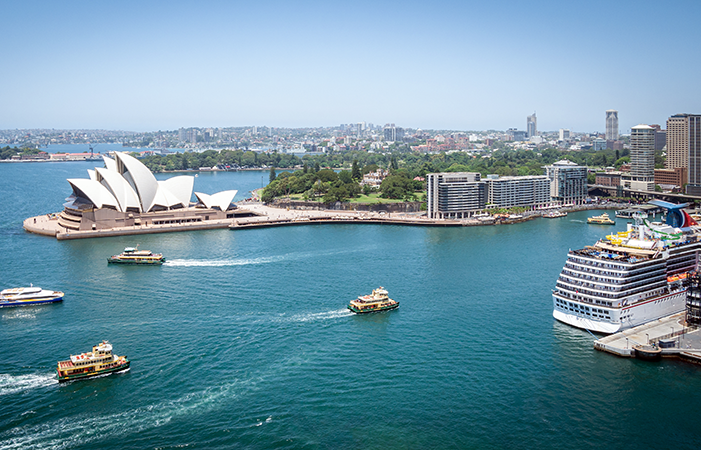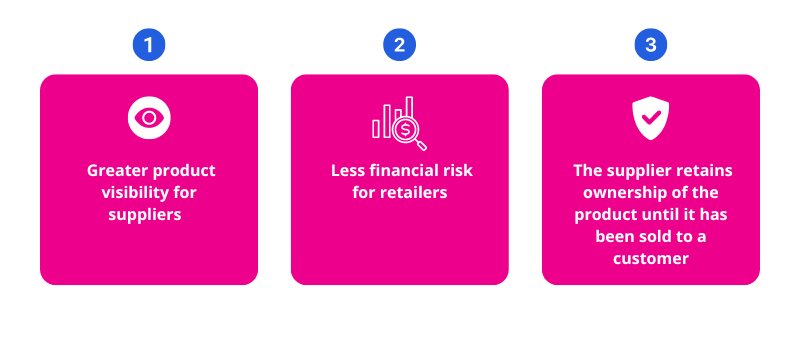
Country: AUSTRALIA
Capital City: Canberra
Currency: Australian dollar (AUD)
Languages: English
Population size: 26,821,557
Public Holidays 2024: View all
Aravenda services available:
- Full-service consignment software – resale inventory management including consignor payouts
- Personalized onboarding with an assigned specialist to assist you
- Website development and creation (fully integrated with Shopify)
- Shopify website creation and updates
- Customized, White Label Enterprise product for larger enterprise customers
Learn more
AUSTRALIAN ECONOMIC & RESALE FACTS & STATS
GDP real growth rate: 2.06% (2023)ii
Ease of doing business: Very Easy with a score of 81.2 (2020)iii
Number of secondhand stores: 985iv
Market Size of Used Goods Stores industry: $3.9 Billion (2024)v
Resale market gross turnover: $500 Million AUD (2019)
Used Goods businesses: 2,338 (2024)
Fashion resale stands as one of the largest second-hand markets in Australia, with approximately 75% of Australians reporting that they bought pre-owned clothing in 2022. Popular second-hand items in Australia include clothing, shoes, accessories, games, toys, and furniture. Additionally, many Australians in 2022 showed interest in purchasing second-hand office furniture, and home décor.
Australia’s secondhand luxury goods market is likewise set to grow by 8.80% annually from 2024 to 2032. This boom is thanks to the rising popularity of thrift stores and more resale platforms popping up all over the country. More and more Aussies are choosing pre-owned luxury items to shrink their environmental footprint, driving up the demand for secondhand products. Plus, the growing popularity of online platforms and marketplaces is giving the secondhand luxury goods a major boost.
Sneaker resale stats:
Total revenue in sales: 638 Million USD (2020)
Market growth: 21 times faster than the retail market (2018-2020 data)vi
HISTORY OF RESALE IN AUSTRALIA
The history of resale in Australia reflects a continuous evolution from necessity-driven practices to a modern, sustainable, and diverse industry that aligns with contemporary values and consumer preferences.
After World War II, Australia experienced economic growth and a boom in consumer culture. Despite this, the resale market remained strong, with garage sales, flea markets, and second-hand stores providing accessible options for affordable goods.
In recent years, the focus on sustainability and reducing waste has driven significant growth in the resale and consignment market. Australians have increasingly embraced second-hand shopping as an eco-friendly and economically savvy choice.
Today, high-end consignment stores and boutiques are popular in major cities, offering curated selections of designer and luxury items. Many resale shops also continue to be operated by charitable organizations, playing a vital role in supporting social causes and promoting community well-being.
WHY AUSTRALIA IS A GREAT PLACE TO OPEN A CONSIGNMENT RESALE BUSINESS
The used and second-hand goods industry, which involves the transfer of pre-owned items to a secondary consumer, has likewise increased in popularity in recent years. Specifically, the global second-hand apparel market was valued at approximately 33 billion U.S. dollars, a figure that is projected to nearly double in the next few years.
Advantages for consignment retailers-
- Low financial risk: Because retailers don’t pay for products until they’re sold, purchasing surplus stock and losing capital on inventory costs isn’t a concern. Consignment inventory allows retailers with tight margins to take on new products and to avoid assuming financial risk for products that don’t sell.
- Higher potential for sales: Consigned goods can help diversify retail inventory, which can increase sales and profits.
- Fewer storage needs: New stock can be brought in whenever there is customer demand for products. Retailers don’t need to make special storage arrangements for excess stock and can return any products that don’t sell.
Consignment inventory advantages for suppliers-
- Visibility: Consignment inventory gives suppliers an opportunity to reach new audiences by selling their products through retail stores. This enables suppliers to generate revenue without renting or owning their own retail space or hiring employees to run a store.
- Testing: Consignment inventory enables suppliers to test new products in new markets, which can help them evaluate the product’s performance, based on the number of sales generated.
- Reduced inventory costs: If large amounts of the goods are stored in warehouses, consigning inventory can help reduce some of those carrying costs by placing the goods with retail partners until they sell.
WHAT ARE THE BENEFITS OF CONSIGNMENT?

GROW YOUR CONSIGNMENT AND RESALE BUSINESS WITH ARAVENDA CONSIGNMENT SOFTWARE
Propel your consignment business to new heights with Aravenda, the best consignment software solution.
FREE CONSIGNMENT SOFTWARE
Top services that Aravenda offers:
- Remote item entry and sales fulfillment from up to 100 locations
- Multiple locations management up to 100 locations
- Fully integrated Shopify partner
- In house website and graphic design services
- Personalized set up and onboarding
- Multi-consignor website display (you can show 1 item coming from multiple consignors with different prices, sizes, colors, etc.)
Fair pricing/rates
Take your local store global for less than $15 AUD when you get 20% off with an annual subscription and no extra data conversion fees!
Schedule a Test Drive of the Best Consignment Software
Sources:
i Australian Bureau of Statistics: https://www.abs.gov.au/statistics/people/population/national-state-and-territory-population/sep-2023
ii https://www.statista.com/statistics/263602/gross-domestic-product-gdp-growth-rate-in-australia/
iv https://rentechdigital.com/smartscraper/business-report-details/australia/thrift-stores
v https://www.statista.com/statistics/1330661/australia-value-of-trading-second-hand-items/
vi https://novelship.com/news/australias-streetwear-and-sneaker-market-explained/
